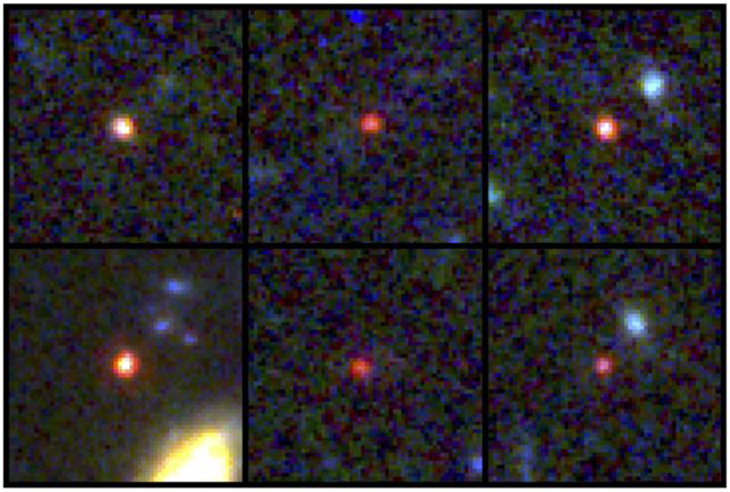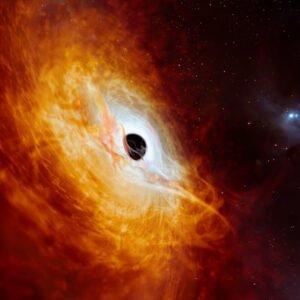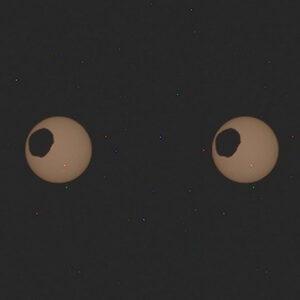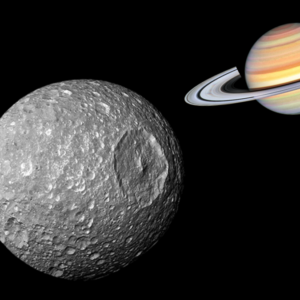
In perfect James Webb Space Telescope (JWST) fashion, this incredible and revolutionary machine has once again taken groundbreaking images. Astronomers claim that they’ve found at least six huge galaxies that were formed around half a billion years after the Big Bang.
Aside from having some of the very first stars that lit up the skies, they also discovered that these stars are way bigger than what anyone believed possible. And while they can’t be 100 percent certain, they do believe that these began around 13 billion years ago. Moreover, one of these six galaxies is also believed to have just as many stars as the current Milky Way galaxy that our solar system is in, however it’s also reported that the space that this galaxy is in is also 30 times more compact than ours.
According to the co-author of the study who was using NASA’s James Webb Space Telescope at the time of the amazing discovery, Dr. Joel Jeja of Penn State University, said, “We expected only to find tiny, young, baby galaxies at this point in time. But we have discovered galaxies as mature as our own in what was previously understood to be the dawn of the universe.”
As for the Jason Webb Space Telescope, it’s first dataset showed objects that were ‘just as mature as ours’ that had formed around 500 to 700 million years after the Big Bang, which was around three percent of the universe’s age now. And the reason why this telescope managed to find this was because it’s rigged with infrared-sensing instruments that have the ability to detect light sent out by the oldest and most ancient galaxies and stars.
Dr. Leja also said, “This is our first glimpse back this far so it’s important we keep an open mind about what we are seeing. While the data indicates they are likely galaxies I think there is a real possibility a few of these objects turn out to be obscured supermassive black holes.”
“Regardless, the amount of mass we discovered means the known mass in stars at this period of our universe is up to 100 times greater than we had previously thought. Even if we cut the sample in half, this is still an astounding change.”
“We’ve been informally calling these objects ‘universe breakers’ and they have been living up to their name so far,” he added.
The study was shared in Nature journal, and what it implies is that for the present computer simulations that are used in cosmology, or the science of the origin and development of the universe. It also represents one of the vital findings that the Webb telescope was originally created to make, which was to find the earliest matter in the universe.
The study also shows that having ‘such a huge amount of mass would require altering models or revising the idea galaxies started as small clouds of stars and dust that gradually grew larger.’ However, regardless of which of these two scenarios is true, they both would need a crucial shift in the way scientists understand and believe the universe was created.
Dr. Leja also shared, “When we got the data, everyone just started diving in and these massive things popped out really fast. We started doing the modeling and tried to figure out what they were because they were so big and bright. My first thought was we had made a mistake and we would just find it and move on with our lives. But we have yet to find that mistake, despite a lot of trying.”
Moreover, the researchers also hope that another of the James Webb’s instruments, the spectrographic camera, will be able to give ‘accurate distances and identify gases and other elements to create a clearer picture.’ The spectrograph camera was created to this by analyzing the color spectrum of observed light. When the scientists look at the differences in color, they should be able to identify the different elements that compose it, they say.
“We’ve found something we never thought to ask the universe and it happened way faster than I thought—but here we are,” Dr. Leja concluded.
What are your thoughts? Please comment below and share this news!
True Activist / Report a typo


